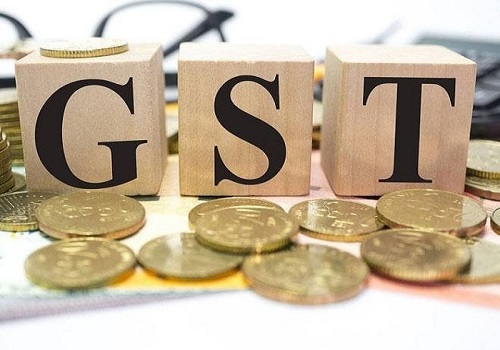Factbox-Indian importers feel heat as rupee depreciates over 7%

Follow us Now on Telegram ! Get daily 10 - 12 important updates on Business, Finance and Investment. Join our Telegram Channel
India's importers including of crude oil, commodities, chemicals and electrical machinery, besides business travellers and students studying abroad have been hit hard following a sharp depreciation of rupee against the dollar this year.
The rupee has depreciated over 7% against dollar this year.
On Tuesday, India's central bank intervened in the currency market to help the rupee steady slightly after the unit weakened to 80.05 per dollar in early trade, a record low for a seventh successive session.
Following are key facts about the rupees depreciation:
WHY IS THE RUPEE FALLING?
Like most Asian currencies, the partially convertible Indian rupee, fell in recent months as risk aversion rose on expectations of the U.S. Federal Reserve raising rates to curb inflation, prompting investors to flee riskier assets.
A severe dollar shortage ensued after foreign investors made net sales of Indian shares - amounting to more than $30 billion so far in 2022. Fears of widening current and trade account deficits have further hit the rupee.
INDIA'S WIDENING TRADE DEFICIT
India's overall trade deficit is expected to widen to over $130 billion this fiscal year, driven by global crude oil prices, from $87 billion a year earlier.
RISING ENERGY COSTS
India meets 85% of its crude oil needs through imports, so the rupee's depreciation has added to the retail cost of petrol, diesel and cooking gas.
The weaker currency has also hit earnings of power generation companies - forced to resort to costlier coal imports amid a shortfall in domestic coal production.
India's energy imports, including crude oil, petroleum products and coal, are expected to rise sharply this year from nearly $194 billion in the fiscal year ending in March 2022, constituting near one-third of total merchandise imports.
However, refiners like Reliance Industries could benefit thanks to their exports of petroleum products.
GOLD IMPORTS
Buying gold jewellery has become costlier for millions of Indians due to currency depreciation and a recent hike in import duty. India's gold imports, the third biggest item after crude oil and electronic imports, crossed $46 billion in 2021/22.
HOUSEHOLD ITEMS
Hundreds of imported household items including edible oil, dry fruits, medicines, cosmetics, garments, electric appliances, mobiles, kitchenware as well as business travel and foreign education for nearly 1.1 million Indian students have become costlier.
RISING MANUFACTURING COSTS
The rupee's fall has increased input costs for manufacturers including auto companies, telecom, engineering goods, consumer electronics, food processing and civil aviation. India is a major importer of industrial chemicals, steel, rubber, wooden, glassware and other machinery.
The companies are also worried about the rising costs of dollar-denominated debt.
WINDFALL FOR GOODS EXPORTERS, IT COMPANIES
The currency depreciation could prove a windfall for goods and services exporters including IT companies Infosys, TCS, TECH Mahindra as their billings are largely in dollars.
India's services exports touched nearly $250 billion in 2021/22 fiscal year ending in March, while goods exports touched nearly $420 billion.
Pharmaceutical exporters, with over $25 billion annual exports and one-third of sales in the U.S. market, are major beneficiaries, analysts said, while warning about the impact of global slowdown on Indian exporters.
India's goods exports grew by nearly 25% to nearly $119 billion during April-June period, from a year period.












 320-x-100_uti_gold.jpg" alt="Advertisement">
320-x-100_uti_gold.jpg" alt="Advertisement">












